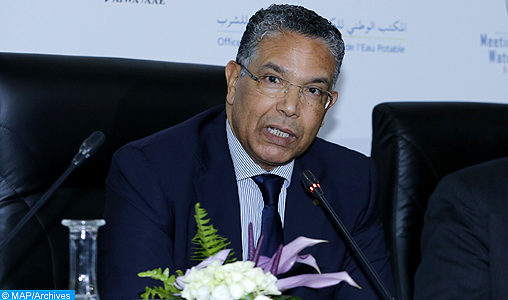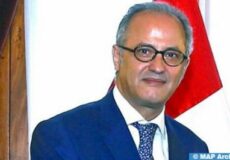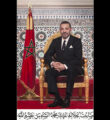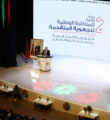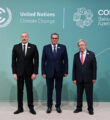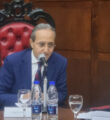20th APUA Congress: Electric Model Developed in 2009 ‘Has Now Reached its Limits’ (Official)
Dakar – The electric model developed following the oil shock of 2009 “has now reached its limits,” said Sunday in Diamniadio in Senegal, Director General of the National Office of Electricity and Drinking Water (ONEE), Abderrahim El Hafidi.
Hafidi, who moderated a panel on the prospects for development of the African electricity sector, organized as part of the 20th Congress of the Association of Power Utilities of Africa (APUA), held at the Abdou Diouf International Conference Center (CICAD) in Diamniadio, 30 km from Dakar, said that this model, which emerged following the oil shock of 2009, has now reached its limits, because there is “a possibility today to innovate in the design of this electric model”.
“The crises we have experienced together forces us to review our energy models as well as our electrical models,” said the CEO of ONEE.
“We are able today, as operators, who master the details of this model, to operate deep changes in this model,” he said, noting that renewable energy could play an “important role” in the transformation of this model.
He stressed in this context that most African countries are now working to reduce, from renewable energy, dependence on fossil fuels, which, he said, “do not offer any visibility on the future”.
Morocco, El Hafidi added, aims by 2030 to get down to less than 2 cents per kilowatt hour for wind and solar photovoltaic, something, he said, “which is achievable”.
In addition, the DG of ONEE stressed that Africa “has the opportunity to be a leader in the production of hydrogen,” noting that this energy “will play a role of great importance to replace fossil fuels”.



